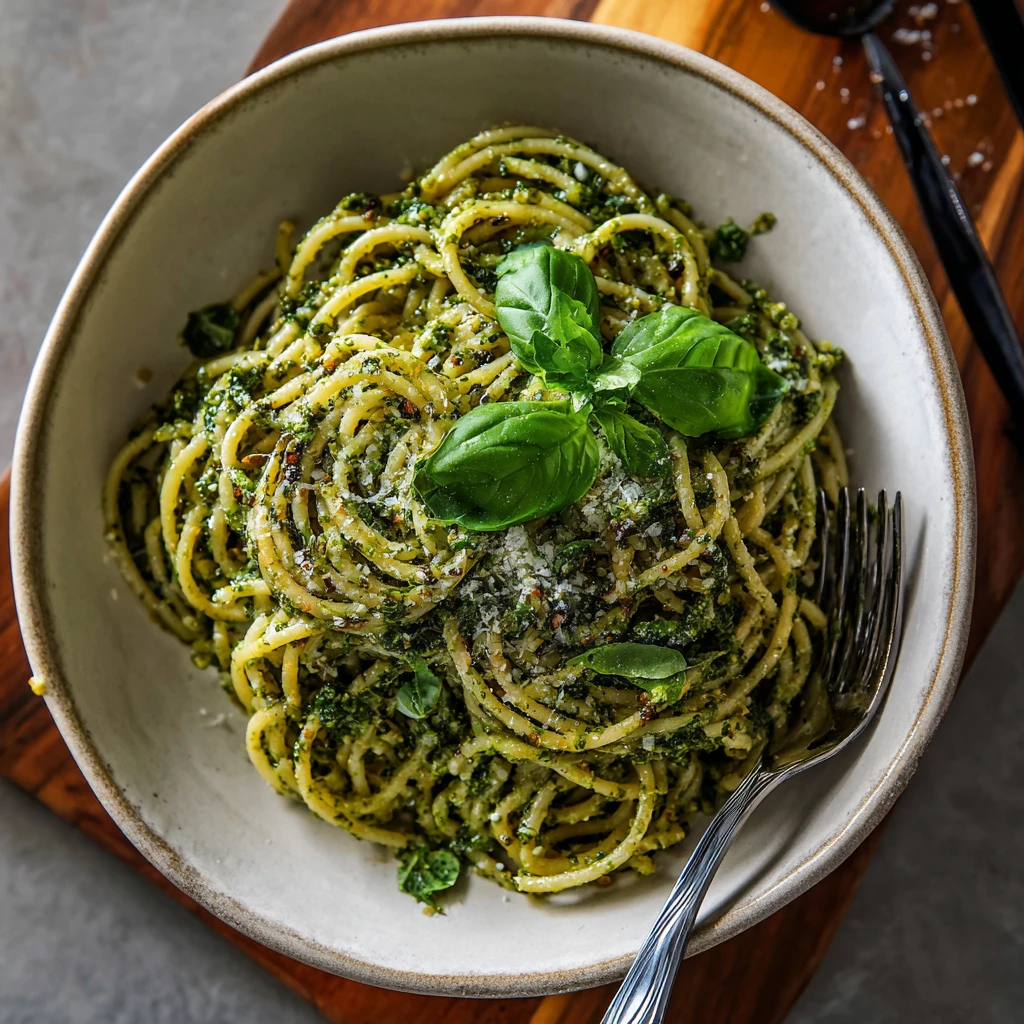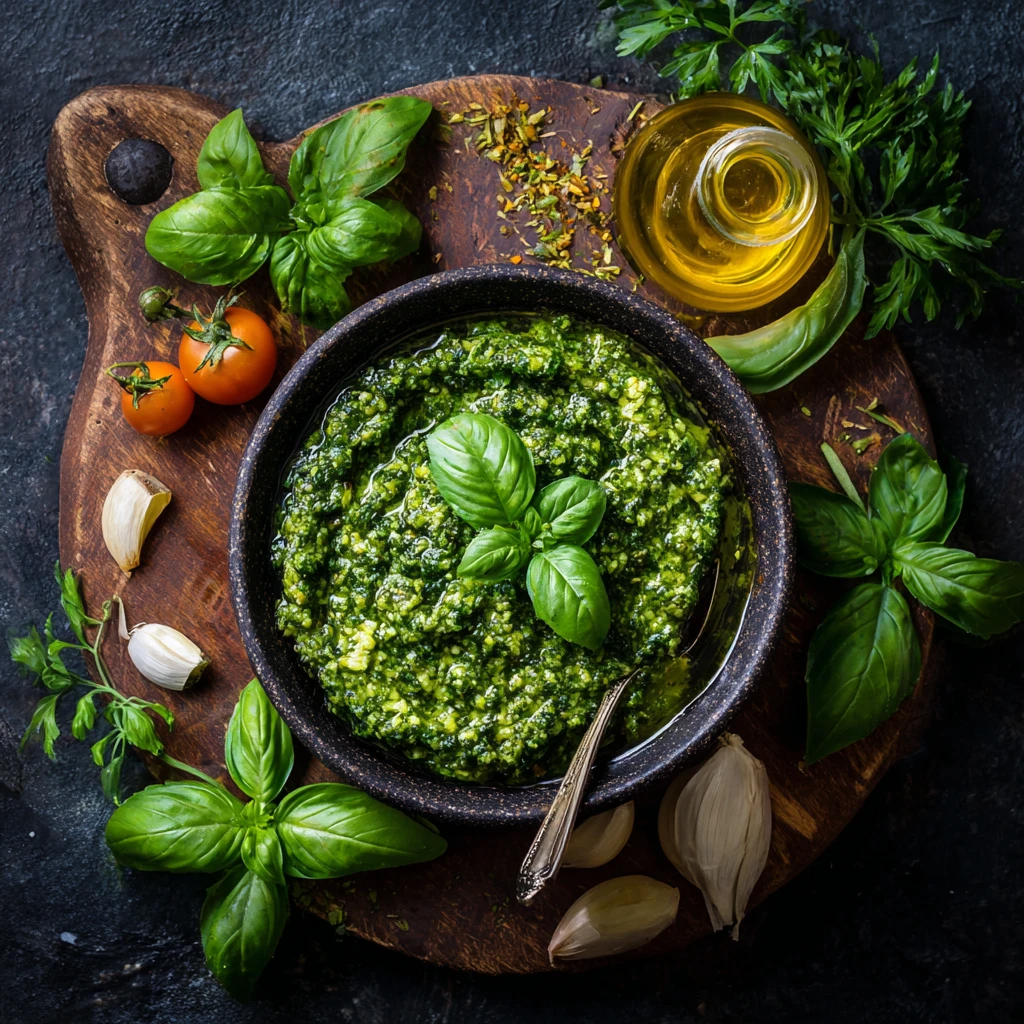Top 10 Fresh Herb Recipes for Extra Flavor
Fresh herbs are a culinary game-changer. They can elevate a simple dish to gourmet status, adding vibrant flavors and aromas that dried herbs simply can’t replicate. Whether you’re a seasoned chef or a kitchen novice, incorporating fresh herbs into your cooking is a surefire way to boost your culinary creations. This guide explores ten fantastic recipes that showcase the power of fresh herbs, helping you unlock a world of flavor.

I. The Herb Garden's Bounty: Understanding Flavor Profiles
Before diving into specific recipes, it’s helpful to understand the unique characteristics of common fresh herbs. This knowledge will empower you to experiment and create your own herb-infused masterpieces.
- Basil: Sweet and slightly peppery, basil pairs beautifully with tomatoes, mozzarella, and pesto. Different varieties, like Thai basil and lemon basil, offer unique twists.
- Parsley: With its clean, grassy flavor, parsley is a versatile herb used as both a garnish and a key ingredient. Flat-leaf (Italian) parsley has a stronger flavor than curly parsley.
- Mint: Refreshing and cool, mint is perfect for summer drinks, salads, and Middle Eastern cuisine. Spearmint and peppermint are the most common varieties.
- Cilantro: Known for its bright, citrusy flavor, cilantro is a staple in Mexican and Asian cooking. Some people have a genetic predisposition that makes it taste soapy, so be mindful when cooking for others.
- Rosemary: Piney and aromatic, rosemary complements roasted meats, potatoes, and Mediterranean dishes. Use it sparingly, as its flavor can be overpowering.
- Thyme: Earthy and slightly lemony, thyme is a versatile herb that pairs well with poultry, vegetables, and soups.
- Chives: With a mild oniony flavor, chives add a delicate touch to salads, dips, and egg dishes.
- Oregano: Bold and pungent, oregano is a key ingredient in Italian and Greek cuisine, perfect for pizzas, pasta sauces, and grilled meats.
- Dill: Tangy and slightly licorice-like, dill is commonly used in Scandinavian and Eastern European cuisine, pairing well with fish, cucumbers, and yogurt.
- Sage: Earthy and slightly peppery, sage is often used in savory dishes like stuffing, sausage, and brown butter sauces.
Understanding these flavor profiles will allow you to intelligently combine herbs and maximize their impact. Consider the overall flavor profile of your dish and choose herbs that complement it.
II. Recipe 1: Basil Pesto Perfection
Pesto is a classic Italian sauce that showcases the vibrant flavor of fresh basil. While traditionally made with pine nuts, you can substitute walnuts or almonds for a more budget-friendly option.
Ingredients:
- 2 cups fresh basil leaves, packed
- 1/4 cup pine nuts (or walnuts/almonds)
- 2 cloves garlic
- 1/2 cup grated Parmesan cheese
- 1/4 cup olive oil
- Salt and pepper to taste
Instructions:
1. Combine basil, pine nuts, garlic, and Parmesan cheese in a food processor.
2. Pulse until finely chopped.
3. With the food processor running, slowly drizzle in olive oil until a smooth paste forms.
4. Season with salt and pepper to taste.
5. Serve with pasta, grilled chicken, or as a spread for sandwiches.
III. Recipes 2-4: Fresh Herb Infusions for Salads, Soups, and Chicken
This section covers three versatile recipes that highlight the use of fresh herbs in diverse culinary applications.
Recipe 2: Mint & Cucumber Salad
This refreshing salad is perfect for hot summer days. The combination of mint and cucumber creates a cooling and flavorful dish.
Ingredients:
- 1 English cucumber, thinly sliced
- 1/2 cup fresh mint leaves, roughly chopped
- 2 tablespoons olive oil
- 1 tablespoon lemon juice
- Salt and pepper to taste
Instructions:
1. Combine cucumber and mint in a bowl.
2. Drizzle with olive oil and lemon juice.
3. Season with salt and pepper to taste.
4. Toss gently and serve immediately.
Recipe 3: Creamy Tomato Soup with Basil
Fresh basil adds a touch of sweetness and aroma to classic tomato soup.
Ingredients:
- 1 tablespoon olive oil
- 1 onion, chopped
- 2 cloves garlic, minced
- 28 ounces canned crushed tomatoes
- 4 cups vegetable broth
- 1/2 cup heavy cream
- 1/4 cup fresh basil leaves, chopped
- Salt and pepper to taste
Instructions:
1. Heat olive oil in a pot over medium heat.
2. Add onion and cook until softened, about 5 minutes.
3. Add garlic and cook for 1 minute more.
4. Stir in crushed tomatoes and vegetable broth.
5. Bring to a boil, then reduce heat and simmer for 15 minutes.
6. Stir in heavy cream and basil.
7. Season with salt and pepper to taste.
8. Serve hot.
Recipe 4: Lemon Herb Roasted Chicken
This simple roasted chicken is infused with the bright flavors of lemon and fresh herbs.
Ingredients:
- 1 whole chicken (about 3-4 pounds)
- 1 lemon, halved
- 2 sprigs rosemary
- 2 sprigs thyme
- 2 cloves garlic, smashed
- 2 tablespoons olive oil
- Salt and pepper to taste
Instructions:
1. Preheat oven to 400°F (200°C).
2. Rinse chicken and pat dry.
3. Place lemon halves, rosemary, thyme, and garlic inside the chicken cavity.
4. Rub chicken with olive oil and season with salt and pepper.
5. Roast for 1 hour and 15 minutes, or until the internal temperature reaches 165°F (74°C).
6. Let rest for 10 minutes before carving.
IV. Recipes 5-7: Elevating Seafood, Pasta, and Dips with Herbs
This section highlights how fresh herbs can transform seafood, pasta, and dips into flavorful and memorable dishes.
Recipe 5: Grilled Salmon with Dill Sauce
Fresh dill complements the richness of salmon perfectly.
Ingredients:
- 4 salmon fillets
- 2 tablespoons olive oil
- Salt and pepper to taste
For the dill sauce:
- 1/2 cup plain Greek yogurt
- 2 tablespoons fresh dill, chopped
- 1 tablespoon lemon juice
- 1 clove garlic, minced
- Salt and pepper to taste
Instructions:
1. Preheat grill to medium-high heat.
2. Brush salmon fillets with olive oil and season with salt and pepper.
3. Grill for 4-5 minutes per side, or until cooked through.
4. While salmon is grilling, prepare the dill sauce by combining all ingredients in a bowl.
5. Serve salmon with dill sauce.
Recipe 6: Pasta Aglio e Olio with Chili & Parsley
This simple pasta dish gets a flavor boost from fresh parsley and a touch of chili flakes.
Ingredients:
- 1 pound spaghetti
- 1/4 cup olive oil
- 4 cloves garlic, thinly sliced
- 1/4 teaspoon red pepper flakes
- 1/4 cup fresh parsley, chopped
- Salt and pepper to taste
- Grated Parmesan cheese, for serving (optional)
Instructions:
1. Cook spaghetti according to package directions.
2. While pasta is cooking, heat olive oil in a large skillet over medium heat.
3. Add garlic and red pepper flakes and cook until garlic is golden brown, about 2-3 minutes.
4. Drain pasta, reserving about 1/2 cup of pasta water.
5. Add pasta to the skillet with garlic and oil.
6. Toss to combine, adding pasta water as needed to create a sauce.
7. Stir in parsley and season with salt and pepper.
8. Serve with grated Parmesan cheese, if desired.
Recipe 7: Cilantro Lime Guacamole
Fresh cilantro and lime are essential ingredients in a delicious guacamole.
Ingredients:
- 3 ripe avocados
- 1/4 cup red onion, finely chopped
- 1/4 cup fresh cilantro, chopped
- 2 tablespoons lime juice
- 1 jalapeno, seeded and minced (optional)
- Salt to taste
Instructions:
1. Mash avocados in a bowl.
2. Stir in red onion, cilantro, lime juice, and jalapeno (if using).
3. Season with salt to taste.
4. Serve with tortilla chips or vegetables.
V. Recipes 8-10: Herb-Infused Sides, Butters, and Compound Flavors
This section explores creative ways to incorporate fresh herbs into side dishes, butters, and other flavor enhancers.
Recipe 8: Rosemary Roasted Potatoes
Rosemary adds a fragrant and savory touch to roasted potatoes.
Ingredients:
- 2 pounds potatoes, cut into 1-inch cubes
- 2 tablespoons olive oil
- 2 sprigs rosemary, chopped
- Salt and pepper to taste
Instructions:
1. Preheat oven to 400°F (200°C).
2. Toss potatoes with olive oil, rosemary, salt, and pepper.
3. Spread potatoes in a single layer on a baking sheet.
4. Roast for 30-40 minutes, or until golden brown and tender.
Recipe 9: Herb Butter
Herb butter is a versatile condiment that can be used to top grilled meats, vegetables, or bread.
Ingredients:
- 1/2 cup unsalted butter, softened
- 2 tablespoons fresh herbs, chopped (such as parsley, chives, or dill)
- 1 clove garlic, minced (optional)
- Salt and pepper to taste
Instructions:
1. Combine all ingredients in a bowl.
2. Mix until well combined.
3. Shape into a log using parchment paper or plastic wrap.
4. Refrigerate until firm.
5. Slice and serve.
Recipe 10: Sage Brown Butter Sauce
This rich and nutty sauce is perfect for pasta, gnocchi, or butternut squash.
Ingredients:
- 1/2 cup unsalted butter
- 1/4 cup fresh sage leaves
- Salt and pepper to taste
Instructions:
1. Melt butter in a saucepan over medium heat.
2. Continue cooking until butter turns brown and nutty, about 5-7 minutes.
3. Add sage leaves and cook for 1 minute more.
4. Season with salt and pepper to taste.
5. Serve immediately.

Frequently Asked Questions (FAQ)
- What is the best way to store fresh herbs?
Store herbs like basil, parsley, and cilantro in a glass of water in the refrigerator, like a bouquet of flowers. For herbs like rosemary, thyme, and sage, wrap them in a damp paper towel and store them in a plastic bag in the refrigerator.
- Can I freeze fresh herbs?
Yes, freezing herbs is a great way to preserve them. Chop the herbs and place them in ice cube trays, then fill with water or olive oil. Once frozen, transfer the cubes to a freezer bag.
- How do I substitute dried herbs for fresh herbs?
As a general rule, use 1 teaspoon of dried herbs for every 1 tablespoon of fresh herbs.
- What are the best herbs to grow at home?
Basil, mint, parsley, chives, and rosemary are all relatively easy to grow at home, even in small spaces.
- When should I add fresh herbs to a dish?
Add delicate herbs like basil, parsley, and cilantro towards the end of cooking to preserve their flavor. Heartier herbs like rosemary, thyme, and sage can be added earlier in the cooking process.



